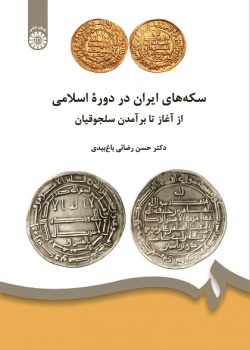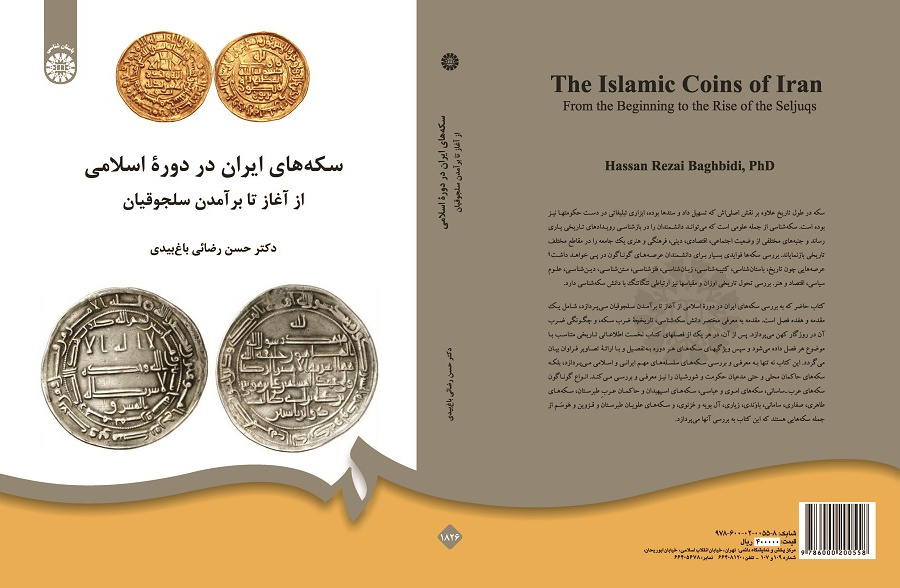

The Islamic Coins of Iran: From the Beginning to the Rise of the Seljuqs
Throughout history, the coin has been a propaganda tool in the hands of governments in addition to its primary role in facilitating trade. Numismatics is one of the sciences that can help scientists in recognizing historical events and represent different aspects of the social, economic, religious, cultural and artistic situation of a society in different historical periods. Examining coins will have many benefits for scientists in various fields; Areas such as history, archeology, inscription, linguistics, metallurgy, textology, theology, political science, economics and art. The study of the historical evolution of weights and scales is also closely related to the knowledge of numismatics. The present book, which examines the Iranian coinsin the Islamic period from the beginning to the rise of the Seljuks, includes an introduction and seventeen chapters. Introduction Briefly introduces the knowledge of numismatics, the history of coinage, and how it was invented in ancient times. Then, in each of the chapters of the book, first historical information is given in accordance with the subject of each chapter, and then the characteristics of the coins of each period are explained in detail and with many pictures. This book not only introduces and examines the coins of important Iranian and Islamic dynasties, but also introduces and studies the coins of local rulers and even government claimants and insurgents. Various types of Arab-Sassanid coins, Umayyad and Abbasid coins, coins of Espahbodan and Arab rulers of Tabarestan, Taheri, Saffari, Samani, Bavandi, Ziari, Al-Buwayh and Ghaznavicoins, and coins of Tabarestan Alevisand Qazvin Alevis, and Hausam coins are among the coins that the present book addresses.





